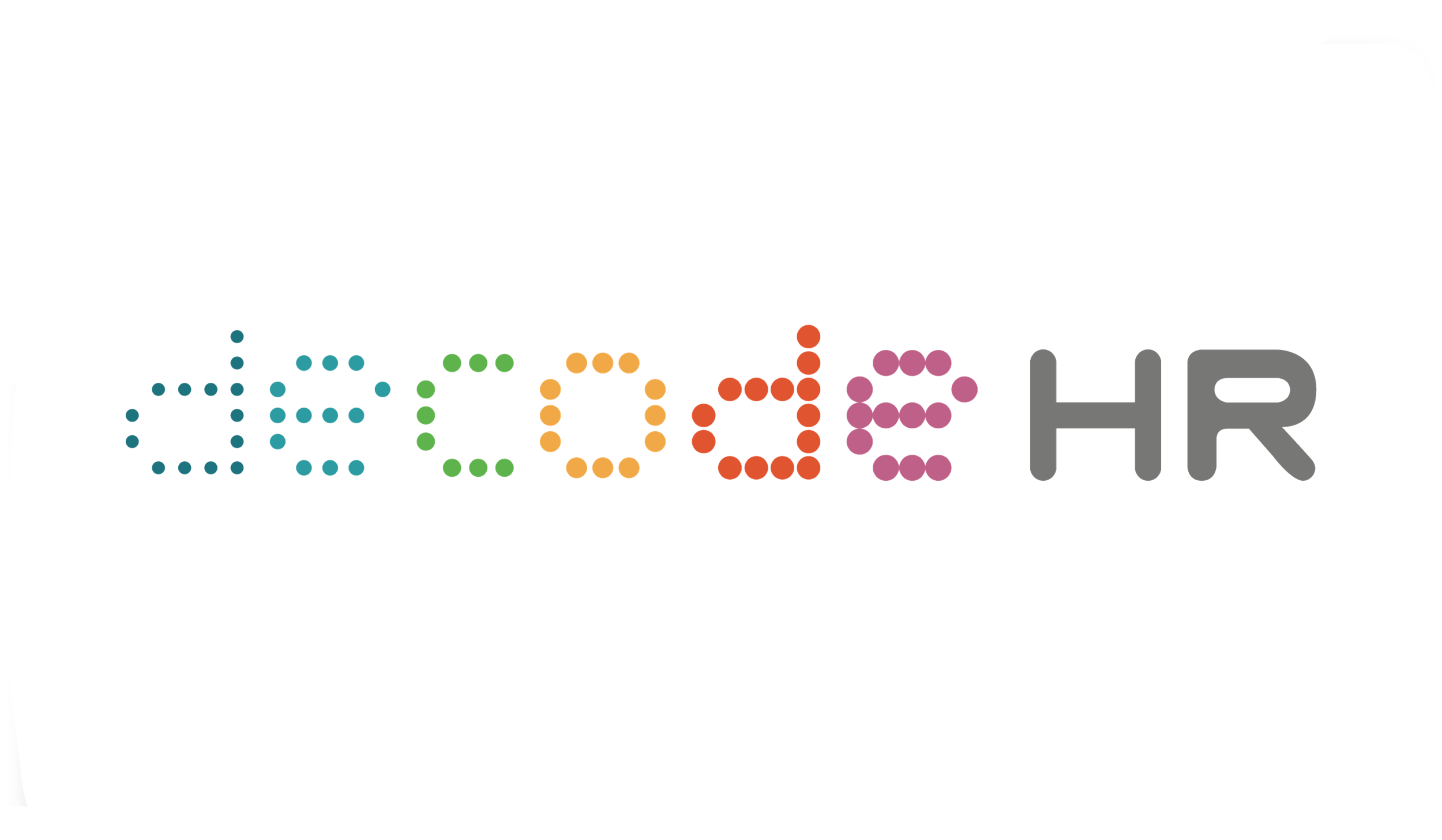Diversity and Inclusion: How to Be an Inclusive Leader
Reading time: 5 mins
Inclusive leadership is increasingly important as a leadership quality which can foster an environment where employees from diverse backgrounds can deliver their best at work.
Diversity and Inclusion (D&I) may sound academic, but it is highly likely that you have already experienced it.
How? Well, just think about the plethora of Zoom meetings you have attended in the past two years, specifically about the bosses or leaders who conducted these meetings.
Did they keep giving “air-time” to the same people?
Did they sometimes favour those who were co-located, over those who dialed in from a remote location?
When giving examples, did they always use one gender?
If the answer is yes to any of the above, then these bosses or leaders may be inhibiting D&I, albeit unwittingly.
In a nutshell, D&I refers to a workplace of diverse individuals - each bringing new perspectives and backgrounds to the table, where they feel included. This means that they feel involved, valued, respected, treated fairly, and are inspired to do their best at work.
One of the most important factors in bringing about a D&I workplace is the organisation’s leaders: Are they inclusive leaders?
The Case for Inclusive Leadership
Indeed, the amplification of D&I and the spotlight on the need for inclusive leadership has become more intense in recent years.
DecodeHR Managing Director Evelyn Chow, who had a discussion about the topic at a networking session held by EGN (Executives’ Global Network) on 18 March 2022, said, “Inclusive leadership is emerging as a unique and critical capability helping organisations adapt to diverse customers, markets, ideas and talent.”
This is in the context of a growing emphasis on equality in terms of age, gender, sexuality, disabilities and other factors, as well as the pandemic and resulting hybrid working arrangements which have thrown into sharp relief the role of women and whether they are treated fairly.
That said, Evelyn notes that within D&I, a lot more attention has been paid to gender equality than in other areas. A D&I aspect which resonates with her personally is people with disabilities.
Then there is also the growth of the remote workforce. With employees scattered worldwide with different cultural backgrounds, inclusive leadership is needed to properly manage cultural nuances and bring the best out of every member on the team.
The question is – how does one go about being an inclusive leader?
According to the Harvard Business Review, inclusive leaders share a cluster of six signature traits.
Six Traits of Inclusive Leaders
Visible commitment. They openly talk about their commitment to D&I and they make it a personal priority.
Humility. They are willing to admit their mistakes and create a space for others to contribute.
Awareness of bias. They know what their personal blind spots are and they work hard to ensure meritocracy.
Curiosity about others. They have an open mindset and they express a genuine curiosity about others by listening without judgment.
Cultural intelligence. They are attentive to other cultures and are able to adapt appropriately.
Effective collaboration. They empower others, pay attention to the diversity of thinking and focus on team coherence.
Taking Steps to Become an Inclusive Leader
Of course, it is easier said than done.
While it is true that some traits – like humility or empathy – come more easily to some than others, there are concrete steps which leaders can take to hold the mirror up and reflect on how they can go about becoming more inclusive.
These are steps which relate mainly to a leader’s personal development.
What leaders can do:
Establish a group of colleagues who can be trusted to talk straight and frankly, about what they observe of how others are responding to you.
Share your personal learning journey with regard to recognising and addressing your personal biases. This has been done at other organisations, at town hall sessions where leaders would share what they learnt about D&I.
Immerse yourself in uncomfortable or new situations at work – attending a different department’s meetings for instance, to get new perspectives.
Understand other perspectives. According to a Forbes article, this intentional effort can come about by asking questions of others via 1:1 conversations, consulting with people outside your own circle and purposefully seeking different perspectives.
Take time out to reflect on your thought patterns, behaviour and personal biases. Awareness is the first step to making a change.
What is key is that it must be a sincere effort, and not a “check-the-box” attempt.
For instance, simply tabulating the number of women who were hired by a company in a month is an easy quantitative shout-out to D&I which does not reflect the deeper complexity required to make it a meaningful effort.
“To be an inclusive leader you really need to feel for issues relating to diversity,” said Evelyn. “D&I is also something which can and should be reflected across an organisation, not just in recruitment, but in every HR function from the way compensation and rewards is determined, to assessment.
“For it to be meaningful, D&I takes a lot of work, but it can be very rewarding when people come to work ready and happy to do their best.”
Note: This article includes insights from the participants at the EGN session and we would like to thank them for their authentic and valuable feedback.
Speak to us to find out more about Inclusive Leadership. Drop us a line here.









